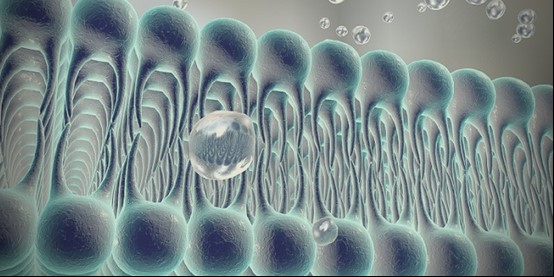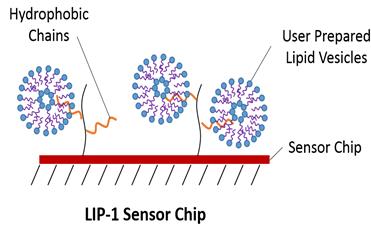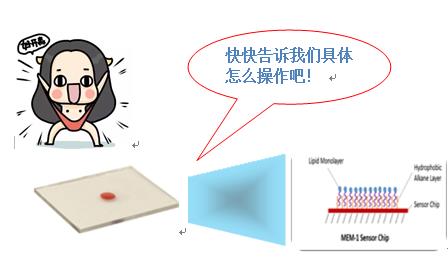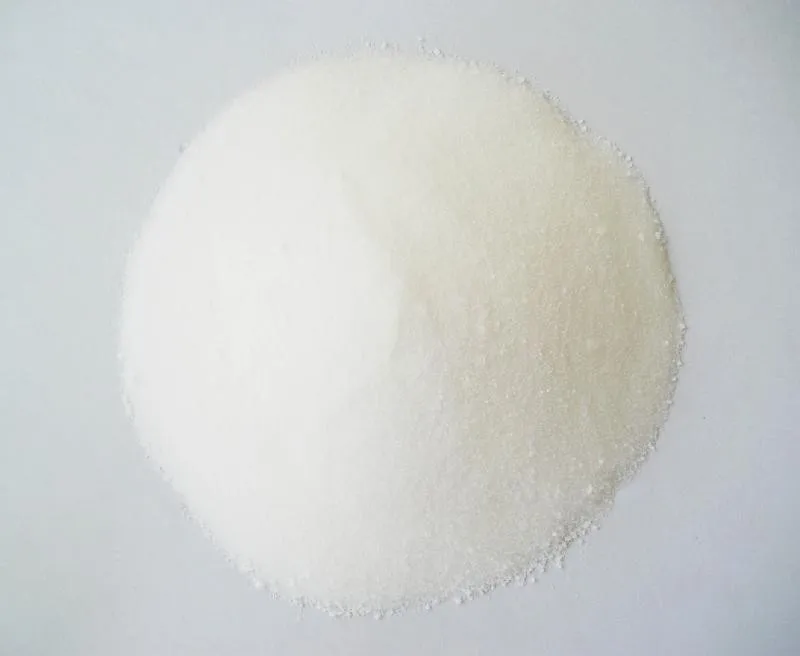Nicoya's new generation of SPR makes it easy to study lipid dynamics

Surface plasmon resonance technology SPR is commonly used to analyze the interaction between proteins and proteins, proteins and small molecules, proteins and nucleic acids, proteins and aptamers, proteins and liposomes. Another very hot direction is the study of lipid binding kinetics. Many scientists have used SPR technology to determine the affinity of lipids and the specific types of lipids.
Why study the interaction of lipids ?
The cell membrane consists of a phospholipid bilayer containing more than one thousand lipids. Lipids are directly involved in the process of cellular signaling through target proteins, which means that lipids are important for cell signaling and transport processes. Nearly half of the proteins are localized on the membrane, so many lipid-protein interactions need to be identified.
Why is it important to study the affinity and specificity of lipids?
The use of SPR technology plays an important role in determining lipid specificity and membrane affinity during cell signaling. There are several experimental methods for determining affinity and specificity in some areas of biochemistry and biophysics, but SPR technology is a non-labeling technique.
How to study lipids with SPR technology?
The SPR-specific LIP-1 chip , which contains a valency-coupled lipophilic group on its surface, can capture lipid vesicles (Fig. 1) or liposomes, mimic biofilms, and is a convenient way to study membrane systems. Liposomes can be immobilized, transmembrane proteins can also be studied using the LIP-1 chip, proteins can be recombined into liposomes and LIP-1 chips can be used to capture liposomes.

What are the advantages of using SPR technology to study lipids?
The SPR technology studies the process of lipid dynamics with simple operation and short experimental period. It can quantify the interaction between two molecules, and accurately obtain the binding constant Ka, the dissociation constant Kd and the affinity constant KD, which will help the later experiments. Nicoya also has a type of chip that can hold lipids onto the chip. The MEM-1 chip is coated with hydrophobic long-chain alkane molecules. The hydrophobic chains of lipid molecules are embedded in the hydrophobic layer, and the hydrophilic ends are distributed on the surface of the chip.
These two kinds of chips can be easily studied: liposome-protein, membrane protein-protein, peripheral protein-protein interaction, and the mechanism of cell life activity. 
1) Remove the LIP-1 chip from the kit, rinse it and insert it into the OpenSPR instrument.
2) Run the OpenSPR instrument at maximum flow rate (150 μL/min)
3) After the signal baseline is reached, the instrument is filled with 80% IPA (isopropyl alcohol) or alcohol for air bubbles. After reaching the baseline, the sample loop is flushed with buffer and emptied with air.
4) Inject 200 μL of 20 mM CHAPS to initialize the surface of the chip. After the baseline is stable. Rinse the sample loop with buffer and vent with air.
5) Reduce the pump speed to 20 μL/min. Take 200 μL (0.1-0.5 mg/mL) of liposome diluted in running buffer, inject the sample loop from the sample port, and the liposome enters the flow from the sample loop. Pool, interact with the chip for 5 minutes.
6) After the baseline reaches 150-200 pm and is stable, the analyte interacting with the liposome can be injected.
7) Different concentrations of analysis, injection of 1-10 mM HCL will be the analyte system, the signal can be seen online in real time.


Purui Maddy (Beijing) Laboratory Technology Co., Ltd.
Telephone 400-6813-863
E-mail: Website: http://
1. Specifications
1.Sodium Gluconate
2. ISO9001, 22000,14001
Sodium gluconate is a highly versatile multi-hydroxy organic acid, in medicine, food, petrochemical, manufacturing, construction, textiles, etc. There are a wide range of uses.
| Quality Standard | ||
| Industry grade | food grade | |
| Assay% | ≥98.0 | 98.0-102.0 |
| Moisture% | ≤0.50 | ≤0.30 |
| Reduzate% | ≤0.70 | ≤0.50 |
| PH | 6.2-7.8 | 6.2-7.8 |
| Sulfate% | ≤0.05 | ≤0.05 |
| Chloride | ≤0.07 | ≤0.07 |
| Pb ug/g | ≤2 | ≤1 |
| Arsenic ug/g | ≤2 | ≤2 |
| Heavy metals ug/g | ≤10 |
≤10 |

Sodium Gluconate,98% Sodium Gluconate,White Sodium Gluconate,Sodium Gluconate 99%
Shandong Tiancheng Chemical Co., Ltd. , https://www.tianchengchemical.com
